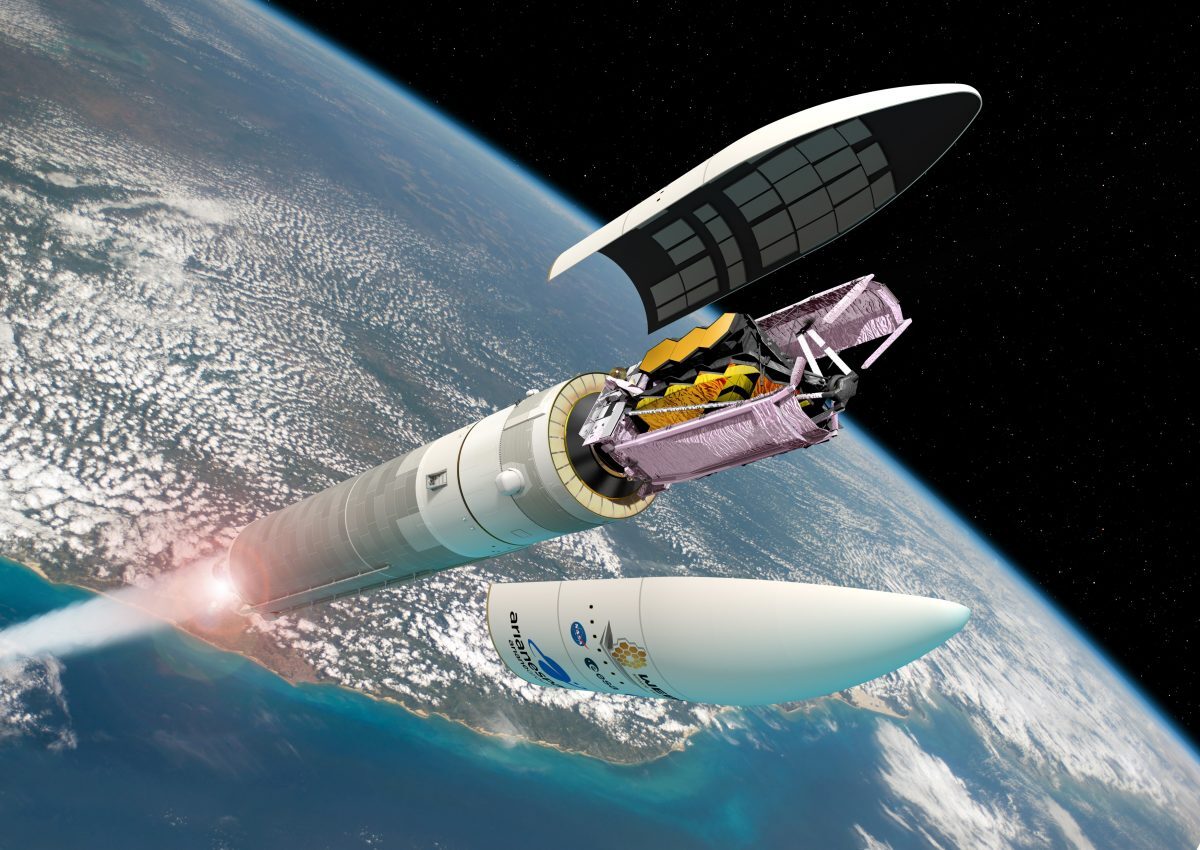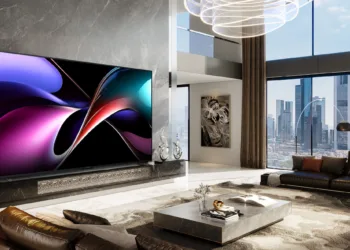NASA’s massive James Webb Space Telescope has been in orbit for three days, but the most dangerous part of its voyage to deep space is just beginning. Soon, the telescope will begin a highly choreographed mechanical dance as it gently contorts and unfurls its shape in preparation for observing the distant cosmos.
It’s a new kind of reverse space origami that’s never been done before, but it’s critical for the James Webb Space Telescope, or JWST, to complete its mission. The telescope was simply too large to launch while fully extended on any working rocket. As a result, when it launched into space on Christmas Day atop a European Ariane 5 rocket, it folded in on itself like the world’s most costly Swiss Army knife.
JWST will now twist and reshape over the following two weeks, deploying one beam here and a mirror there, until it is fully outfitted for peering into the deepest reaches of the Universe. “We sometimes refer to Webb as the ‘Transformer Telescope,'” says Amy Lo, a JWST alignments engineer at Northrop Grumman, the telescope’s major contractor. It’s a complicated procedure with hundreds of moving pieces that engineers have meticulously tested on the ground. However, there are several points along the road where the failure of a single little release mechanism or pulley might imperil the JWST mission’s future. While mission controllers on the ground have a few debugging procedures at their disposal if something goes wrong, the JWST spacecraft must ultimately perform each deployment to near perfection on its own.
JWST is on its way to a final destination nearly 1 million miles away from Earth, and there are no operating rockets or spaceships capable of safely transporting astronauts to such a distance to perform maintenance on the telescope. Even if humans were able to reach it, JWST isn’t designed to be useful. So, if the telescope fails in a fundamental sense, the mission, which costs NASA $9.7 billion, is over.
It may appear that all of this intricacy is unnecessary for a mission of this magnitude, but NASA claims that there was never a straightforward path for JWST. “I truly strongly believe that within the limits that we have,” Thomas Zurbuchen, NASA’s associate administrator for scientific mission directorate, tells The Verge. “This is the situation.”
JWST’s designers realised from the start that their invention would have to unfold in space. When scientists originally proposed building a telescope like this in 1996, NASA’s administrator at the time, Dan Goldin, challenged engineers to build the spacecraft with an eight-meter-wide primary mirror. Designers eventually settled on a mirror that was 6.5 metres (21 feet) across, but that decision sealed JWST’s destiny.
The payload fairing on the Ariane 5 rocket is one of the largest on the market, reaching 5.4 metres, or about 18 feet. However, that is still insufficient space to accommodate JWST’s fully extended mirror. The mirror was designed in parts from the start, with two flaps on either side that could rotate inward and outward. It was a significant design issue since the pieces needed to come together to act as a single, flat mirror in order to collect light from the far reaches of the universe. “On orbit in space, unfurling a primary mirror has never been done before,” explains Lo.
So even if JWST does deploy as intended after two weeks, the anxiety doesn’t really end. “That’s when I think a lot of us will breathe a sigh of relief, but of course, the instruments and the mirror phasing would have just begun,” Lo says. “A different group of folks — the instrument builders, designers, engineers, and the scientists — would only just start to be holding their breath.”








